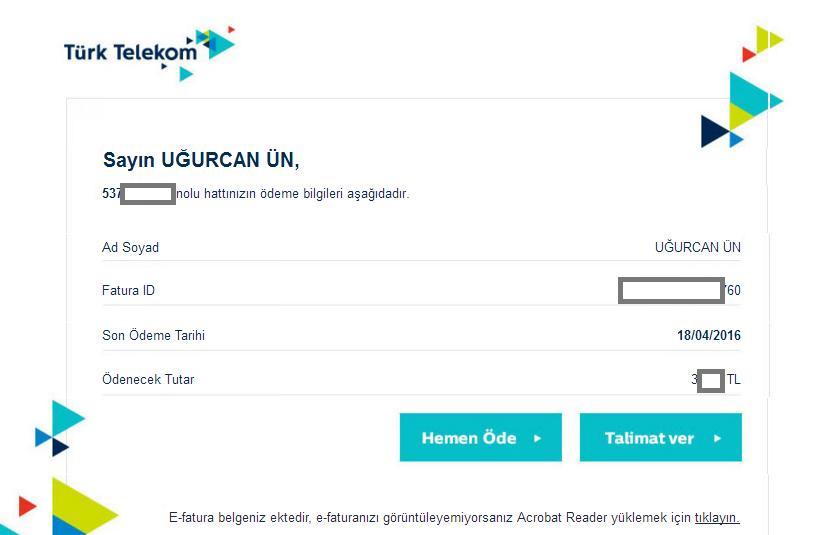

Of course, these storage peripherals should not always be connected to a physical server or virtual server, as they may become infected if they are always connected to them. Both online (on the main storage device itself) and in storage peripherals (such as external hard drives). The best plan is to back up all important data. The best thing to do is to prepare ourselves for the disaster recovery and business continuity and have a BCP. It can be said that ransomware does not cure, but it is possible to prevent a ransomware attack (which is not 100%). Instruction file names are typically DECRYPT_INSTRUCTION.txt or DECRYPT_INSTRUCTIONS.html. Finally, the malware creates a file in each affected directory linking to a web page with decryption instructions that require the user to make a payment. random characters), depending on the variant. When executed, CryptoLocker installs itself within the user’s profile, then begins scanning the computer, any connected devices, and any other devices on its network for files and folders to encrypt.ĬryptoLocker uses an RSA 2048-bit key to encrypt the files, and renames the files by appending an extension (such as. Once opened, the attachment creates a window and activates a downloader, which infects your computer.Īlso, this malware may also come from websites that prompt you download a plug-in or video player. Although the attachments often appear to be familiar file types such as *.doc or *.pdf, they in fact contain a double extension - a hidden executable (*.exe). The most common method of infection is via emails with unknown attachments. Of course, there was no guarantee that payment would release the encrypted content. If the deadline was not met, the malware offers to decrypt data via an online service provided by the malware’s operators, for a significantly higher price in bitcoin. The Cryptolocker malware will display warning screens indicating that data will be destroyed if you do not pay a ransom to obtain the private key.

Hackers encrypt data using the public key, but it can only be decrypted using the unique private key they hold. In fact,this method relies on two “keys,” one public and one private. Then it encrypts certain types of files using RSA public-key cryptography, with the private key stored only on the malware’s control servers. This includes anything on hard drives and all connected media and even mounted network drives. Then this ransomware infects computer and then searches for files to encrypt. It propagated via infected email attachments, and via an existing Gameover ZeuS botnet. It is believed that the operators of CryptoLocker successfully extorted a total of around $3 million from victims of the trojan. The CryptoLocker ransomware attack was a cyberattack using the CryptoLocker ransomware that occurred from 5 September 2013 to late May 2014.


 0 kommentar(er)
0 kommentar(er)
